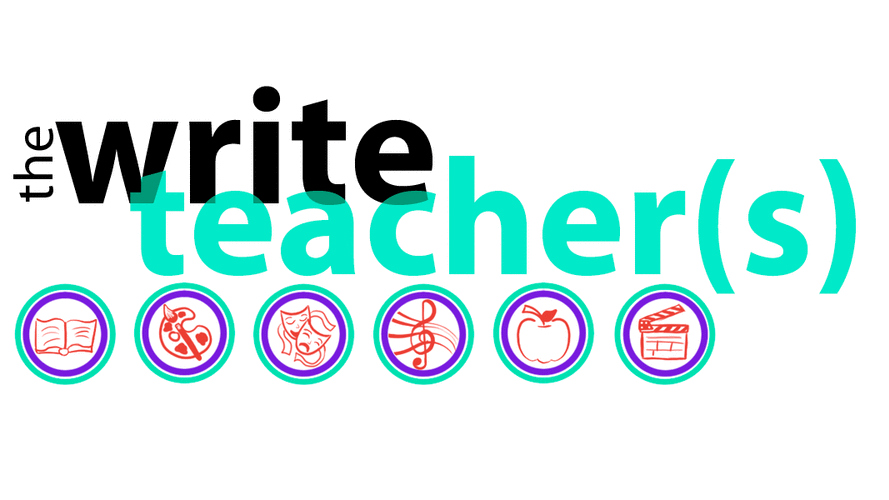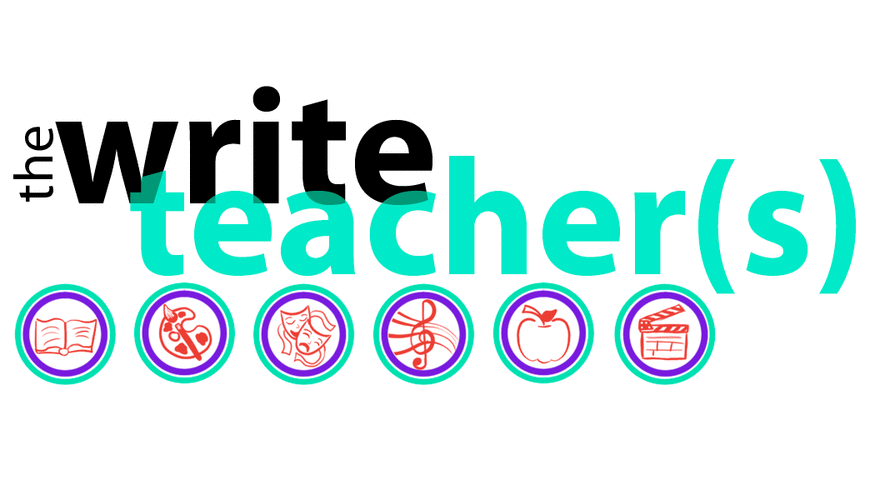Howdy Ya’ll,
The art of auditioning is a skill unto its own. There are different types of projects to audition for, television roles, background work, film, plays, and, of course, Broadway musicals. Auditioning for Broadway shows has always had magical storytelling attached to it, from the old fashioned 42nd Street musical where the girl walks in off the street and gets the lead, to A Chorus Line. Most people think that A Chorus Line epitomizes the audition experience. To a degree, the emotional experience is the same as the characters in the show, however, the experience has changed immensely.

In A Chorus Line, they open the audition with a massive amount of people on stage doing the combination. They are auditioning on the stage of a Broadway theatre, and everyone has a number attached to their clothes. When the director goes to make a cut, he refers to them by their number. Today, casting directors hold these cattle calls, typically with the assistant choreographer, and it’s seen as a pre-audition experience for the final callbacks. Numbers aren’t really used anymore, as we now have time to use names being that the audition process is much more spread out.
A Chorus Line is really how auditions were held in New York in the 60s and 70s. Many shows auditioned on the actual Broadway stage. Today, however, this is very rare. The theaters are usually not available, and the use of the theater is costly, as crew members have to be there at all times. Today, most auditions are held in a large rehearsal studio, several of which are spread throughout midtown Manhattan. This is much more cost effective for the producers, and definitely less pressure than staring into a black void while trying to audition.
Back then, there were no casting directors attached to Broadway shows. This developed over time from the Hollywood community. You only really needed to know someone on the creative team to get into the project. Now, there are many more hoops to jump through to get the audition. We have to be on the casting directors radar, the choreographers radar, the directors radar, and the producers radar! Most shows will have open auditions, the invited dance auditions, then callbacks to read and/or sing, then final callbacks for the producers and entire creative team. Having a game plan on how to approach this business can help save you years of pavement pounding and money.
Now, with the use of the Internet we have the ability to build relationships with people that would have been impossible to get in front of 40 years ago. I recommend working with someone who’s been there and done that, so that you don’t find yourself staring into the void, and being just another number.
Happy Auditioning!
Live, Love, Learn,
Bret Shuford and The Write Teacher(s)


